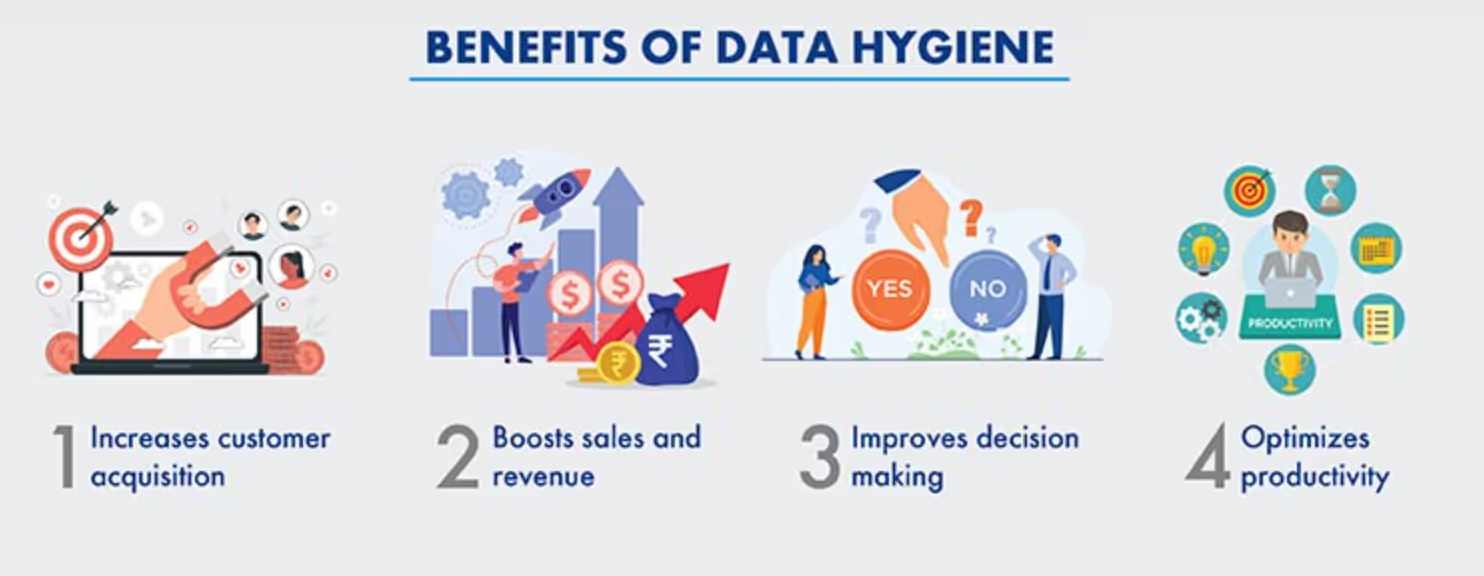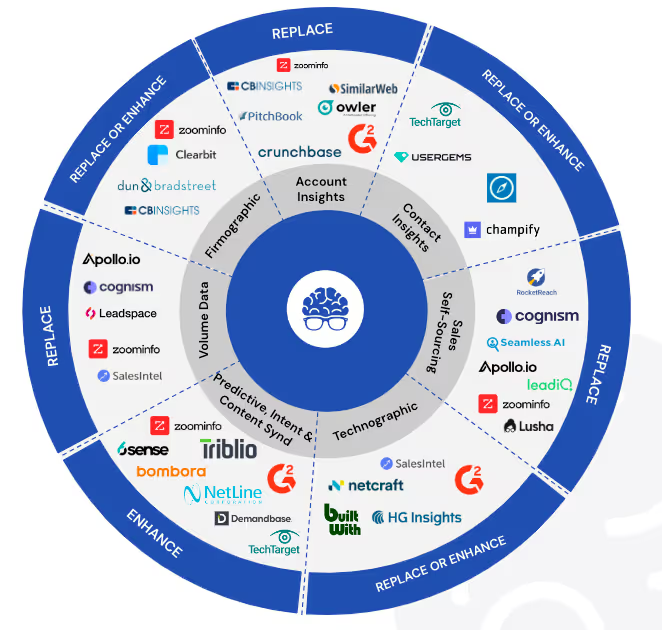In the era where data is the linchpin of marketing strategies, maintaining pristine data hygiene has become more crucial than ever. With new restrictions on spam emails tightening the reins on digital outreach, ensuring your Customer Relationship Management (CRM) and Marketing Automation System (MAS) are free from bad account and contact data is not just a best practice—it's a survival tactic.
The Vital Role of Data Hygiene
Data hygiene involves the meticulous process of ensuring information is accurate, up-to-date, and useful. This means regularly auditing your CRM and MAS systems to identify and rectify bad data, which includes outdated, incomplete, or duplicate records. The importance of this practice has been underscored by increased job movement post-2018, making the task of keeping data fresh more challenging and essential.
Auditing Your Systems
The first step in safeguarding your data's integrity is conducting a thorough audit of your CRM and MAS. This involves:
- Identifying outdated records: With job mobility on the rise, many records quickly become obsolete.
- Spotting duplicates: Duplicate records not only clutter your system but can also skew your marketing efforts and analytics.
- Highlighting incomplete data: Incomplete records offer little value and can hinder personalized marketing strategies.
Dealing with Bad Data
Once identified, the question arises: what to do with these old records? The answer lies in a meticulous cleanse:
- Update where possible: Use tools and services to refresh outdated or incomplete information.
- Remove if necessary: Sometimes, the only option is to purge unusable data to maintain system integrity.
Establishing a Data Wash House
A data wash house refers to a systematic approach to refreshing bad data on an ongoing cadence. This involves setting up processes and utilizing technologies that automatically check and update your records regularly. Solutions like AccuData offer custom data hygiene solutions, providing a tailored approach to keeping your data clean and compliant.
The Impact of Poor Data Hygiene
The repercussions of neglecting data hygiene are far-reaching:
- Sales Efforts: Sales teams rely on accurate data to target and personalize their pitches. Poor data can lead to wasted efforts and missed opportunities.
- Marketing Campaign Effectiveness: Dirty data can skew campaign targeting, leading to lower engagement rates, higher bounce rates, and diminished ROI.
- Forecasting Accuracy: When baseline numbers are inflated by bad data, forecasting becomes a guessing game, making strategic planning a challenge.
The Role of Data Hygiene in the Modern Marketing Landscape
In a world where consumers are bombarded with content and offers, standing out requires more than just capturing email addresses. It demands a strategy that prioritizes the quality of engagement over the quantity of leads. This strategy is underpinned by robust data hygiene practices that ensure every interaction is personalized, relevant, and timely.
Leveraging Technology for Better Data Management
Technologies like LeadGenius, Retention.com, and Qualified provide sophisticated solutions to the data challenge. By employing AI and ML, these platforms offer ways to enrich and clean data automatically, ensuring that marketing and sales efforts are based on the most current and comprehensive information available.
Conclusion: The Imperative of Data Hygiene
As the digital landscape continues to evolve, so too must our approaches to managing the data that fuels our marketing and sales engines. The push towards ungated content, powered by impeccable data hygiene, is not just a trend—it's a reflection of the modern buyer's expectations. By investing in the processes and technologies that ensure our data is as clean and current as possible, we can build marketing strategies that resonate, engage, and convert in today's competitive environment.




